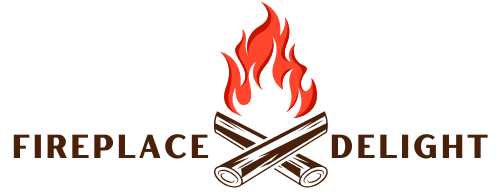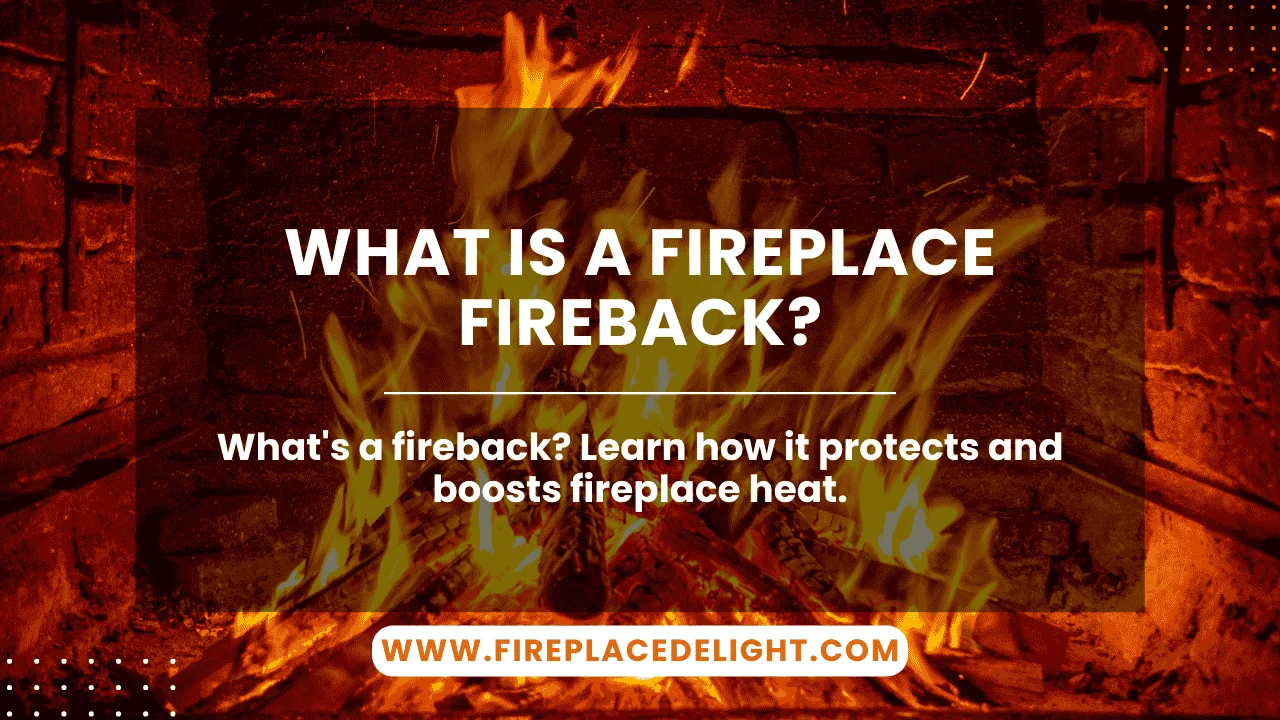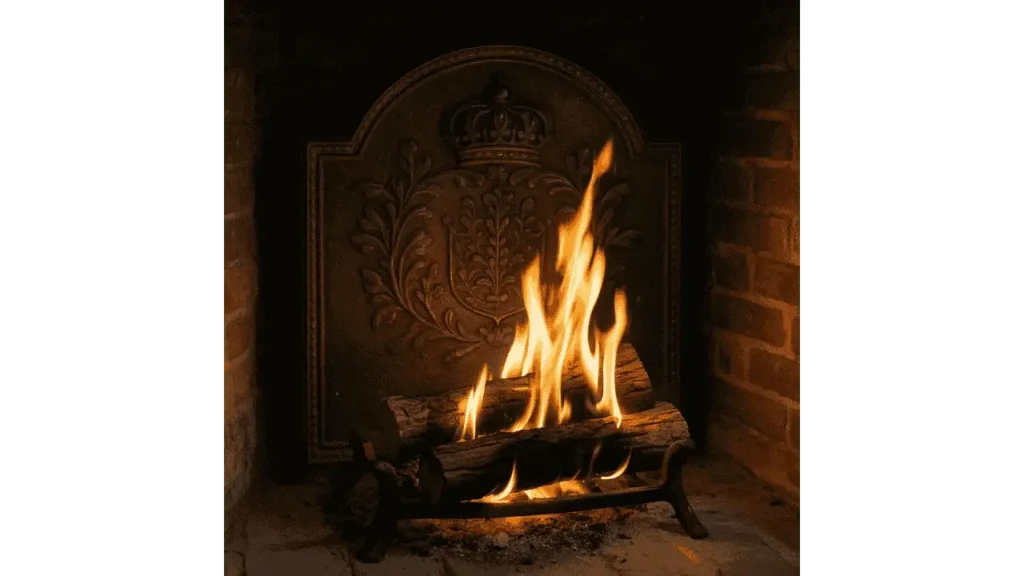If you’ve ever looked into a traditional fireplace and noticed a heavy metal plate resting against the back wall, you were likely looking at a fireback. Though simple in appearance, this piece of equipment plays a surprisingly important role in both the function and longevity of a fireplace. It’s one of those old-world solutions that still makes a lot of sense today, especially if you want more heat and less damage. Here’s everything you need to know about what a fireplace fireback is, what it does, and whether it belongs in your hearth.
Understanding the Fireplace Fireback
A fireplace fireback is a solid, heat-resistant plate, typically made of cast iron or steel, that sits at the rear of the firebox. Its job is to shield the back wall from intense heat and reflect warmth back into the room. Firebacks were originally designed centuries ago when fireplaces were the primary source of heat. They’ve stuck around because they’re effective and durable. Some are plain and purely functional, while others are decorative and bring a historic or artistic touch to the hearth.
What Does a Fireback Do?
One of the main reasons homeowners use a fireback is to protect the masonry at the back of the fireplace. Over time, constant heat can cause bricks or mortar to weaken or crack. A fireback acts like a shield, absorbing and diffusing that heat before it can cause damage. But it’s not just about protection. A good fireback also reflects radiant heat back into the room, making your fireplace more efficient at warming the space. This is especially helpful with older fireplaces or those built more for ambiance than heat output. On top of all that, a fireback can add a nice visual element to the firebox, whether you go with a plain black plate or something more ornate.
Read More: What Is A Firebox In A Fireplace?
Different Materials and Styles
Most traditional firebacks are made from cast iron because of its ability to retain and radiate heat well. Modern versions may also come in stainless steel, which is lighter and often has a sleeker look. Beyond materials, styles vary widely. Some firebacks are smooth and utilitarian, while others feature detailed carvings, crests, or vintage scenes that make them a focal point even when the fireplace isn’t in use. The choice between decorative and functional really depends on what you want out of your hearth setup: style, performance, or both.
Does Every Fireplace Need a Fireback?
Not all fireplaces require a fireback, but many can benefit from one. If your fireplace sees regular use and you want to preserve the firebox or improve heat reflection, it’s worth considering. It’s particularly useful in older masonry fireplaces, where the original materials might be starting to show signs of wear. That said, not every setup is suitable. Ventless gas fireplaces and electric models don’t typically need a fireback since they don’t produce the same kind of direct, radiant heat. Always make sure your fireplace type can safely accommodate one.
Installing a Fireplace Fireback
Installing a fireback is usually straightforward, but it’s not something to just toss into place. Firebacks are heavy, some weighing over 50 pounds, so you need to ensure your hearth can support the weight without shifting. Some rest on the firebox floor, while others may include braces or feet to hold them upright and secure. Before installation, make sure the fireback is sized appropriately for your fireplace. It should fit comfortably against the back wall without crowding the fire or blocking airflow. If you’re unsure about placement or safety, it’s a good idea to consult a professional before setting it in.
In Closing
A fireplace fireback might seem like a small addition, but it can make a big difference in how your fireplace performs and holds up over time. From protecting brickwork to pushing more warmth into the room, this timeless piece offers both function and charm. If you use your fireplace often and want it to last longer while looking better, adding a fireback is a simple and smart upgrade.
- 27 Farmhouse Fireplace Ideas That Bring Warmth & Charm - August 18, 2025
- 25 Fireplace Lighting Ideas to Illuminate Your Hearth - August 7, 2025
- How to Replace an Electric Fireplace Switch? - August 5, 2025



